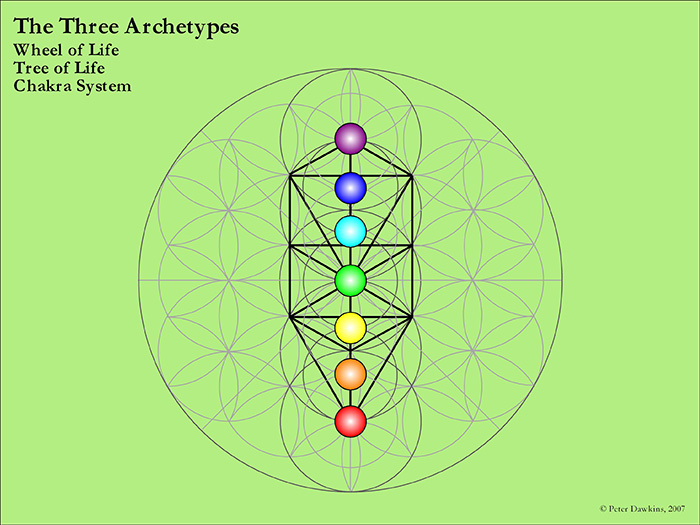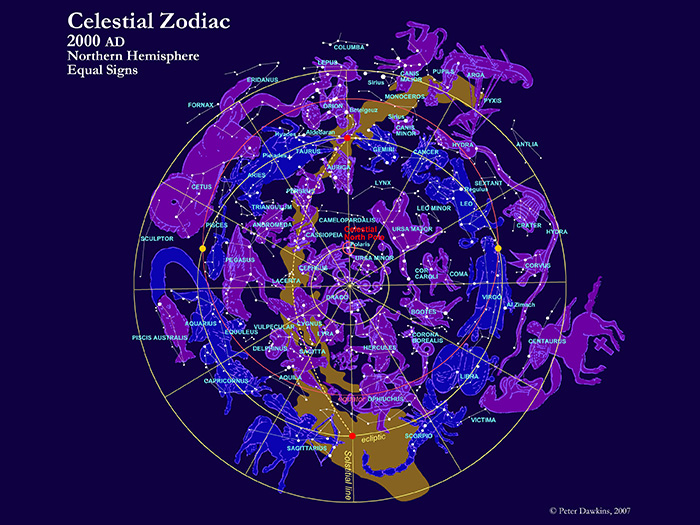Spring-Summer Quarterday - Beltaine
Festival of Unification
Beginning of May
The spring-summer quarterday marks the cusp of spring and summer, when spring ends and summer begins. In north-western Europe this is notably marked by a sudden abundant leafing and flowering of nature.
In Celtic countries this festival is known as Beltaine or Bealtaine, the Feast of Bé-Al, and is usually celebrated on 1 May (May Day). Bé-Al is an ancient name for God, meaning ‘Universal Being’ (i.e. Al = ‘Universal’, Bé = ‘Being’), and was generally used to signify God as Creator (i.e. Logos). The feast is a fertility festival in the sense that May Day was originally and traditionally the day for marriage. The marriage ceremony was preceded by a ritual bath or purification in water, after which the lovers passed between two fires and made their vows in the sacred circle. Maypole dancing and a marriage feast followed. The festival also commemorates the exit of Hu, the Celtic Noah, from the Ark. In the Christian story this festival is associated with the baptism of Jesus followed by the marriage in Cana.
In terms of the gateway that this festival represents (i.e. the gateway from spring to summer), its archetypal gatekeeper during the last Age was the bull-faced Cherub, associated with the zodiacal sign of Taurus. Now, in the new Age that the world has just entered, it is the Cherub of Aries who stands in this position. (See Festival of Dedication.)
© Peter Dawkins
- Zodiac of Ages
- The Great Ages
- The Phoenix Cycle
- The Solar Breath
- The Grail Cycle
- The Great Festivals
- Solar Festivals
- Winter Solstice
- Winter-Spring Quarterday – Imbolc
- Spring Equinox
- Spring-Summer Quarterday – Beltaine
- Summer Solstice
- Summer-Autumn Quarterday – Lammas
- Autumn Equinox
- Autumn-Winter Quarterday – Samhain
- Lunar Festivals







